The Rock Garden
Posted by Mark Wilkinson on Jan 1, 2011 in Day Hikes, Front Country | 0 commentsTRAIL INFORMATION
Distance—2 miles to the Rattlesnake Connector; 2.75 miles to the Rock Garden
Elevation Gain—1600' to Rattlesnake Connector; 2850' to the Rock Garden
Difficulty—hard core
HIGHLIGHTS
For those of you who have been to the Playground you will understand what is meant by a garden of rocks. There are no trails but many small openings which lead throughout the hundred acres or so of bedrock. There are all sorts of shapes and sizes and lots of nooks and crannies and caves and tunnels to keep you busy for quite awhile. The hike getting here is not easy but that is as it should be.
DIRECTIONS
From the Santa Barbara Mission drive up Mission Canyon Road to Foothill and turn right, then turn left several hundred yards later (by the fire station). Continue up Mission Canyon to the Tunnel Road turnoff, a half mile before the Botanic Garden. Continue several miles to the end. Park properly. The police frequently ticket illegally parked cars. The trail begins about three-quarters mile beyond the locked gate.
SETTING THE SCENE
My friend Bob Hardy told me I should hike up Tunnel Trail, then up across the ridgeline leading over to the power lines.
"When you are at the top of the ridge look up to the north," he told me. "Right below you will be the Rattlesnake connector and beyond that a ridge leading up to a series of high rocks. I think there's a trail going up that ridge. See if you can find it."
Several weeks later I hiked up to the high point Bob had described and sat there studying the upper ridge and the rocks up at the top. I thought I could make out a trail going up through the thick chaparral-covered ridge, but I wasn't quite sure if it was my imagination or wishful thinking. A week later Bob and I hiked up to Mission Falls and on the way back we ventured a ways out onto the Rattlesnake connector and sure enough, there was the trail, cut so you could barely see it. We followed it a ways, verifying its existence, then decided to come back another time, determined to see where it would lead.
THE HIKE
Though it is 1,600' of elevation gain to the Rattlesnake Connector, getting there is the easy part. Bob and I had spotted the trail on an earlier hike. Now was the time to find out what it was like, or if it even went where we thought it did.
The route up the ridgeline we had found the week before was just 50 feet up from Tunnel Trail, hidden enough so you wouldn't spot it if not looking for it. Bent over we made our way under the low-hanging brush and started up the trail. The first part goes through a narrow opening and over a small knoll. This part was easy. But then the work began, a steep uphill climb directly up the ridge and completely covered with chaparral, a gain of about 400' straight up.
Finally we reached a knoll. Still surrounded by chamise, but only waist high here, we could take measure of where we were. Directly in front and above us we could see where the Matilija Sandstone began, steep headwalls. Unlike the Cathedral Peak hike, which proceeds directly up the thin ridgeline, what was in front of us was more like a wall. Rather than assaulting this from the side, as at Cathedral Peak, we were coming at it from the front, head on.
Here the real climbing began, in and out of the boulders, up over rocky ledges, the route finding a little bit more difficult—almost but not quite rock climbing but at times nearly so. There are places along the way which you will really appreciate, slabs of rock jumbled on top of each other with little openings and beautifully-sculptured sides. There is one I liked the best. Fifteen feet long, ten feet wide and perhaps three feet thick, it lay atop a series of others, nearly level, a great spot to rest and take in the views. What was most impressive to me was the eye-level view I had from there of Cathedral Peak.
I looked up, a bit dismayed. We were still nowhere near the top! I was getting pretty tired but I trudged on, knowing it wasn't much farther. The trail continued to wind its way to the top and the manzanita began to predominate as we reached the 3,500' foot level, its wonderfully green leaves and rich red limbs a perfect contrast to the orangish-reds and yellows of the rock. One final climb brought us to the top.
In front of us was a huge field boulders which seemed to go on and on. The pine forests were everywhere, providing a distinctly different character from that of the Playground. My first thought was of a fairyland, like that in Bryce Canyon, spires of enchanting colors and shapes, and thin openings leading in and out of them.
As we neared the top of one of the many formations, Bob and I sat for awhile and looked out on what lay below us. There were rocks everywhere, huge ones, thirty-to-fifty feet high. The pines were almost as numerous, rising out from the spaces between the boulders. Manzanita clung to the fringes of the rock, covering the ground in front of us like a garden.
"It's a rock garden," Bob said after a while.
"Yes it is," I thought, and this is how it got its name.

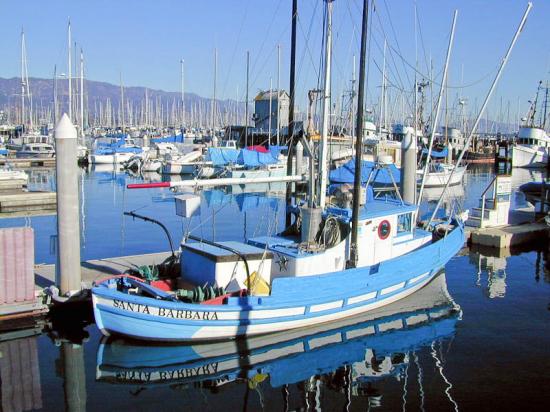
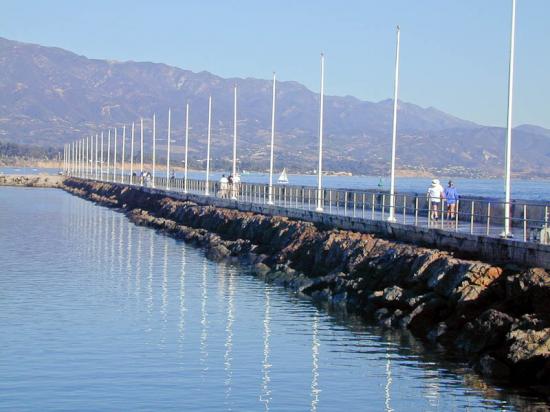
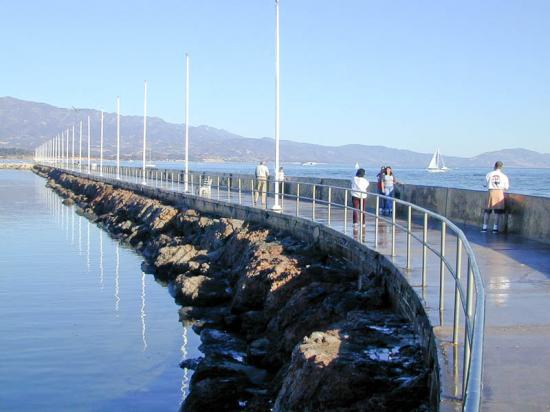
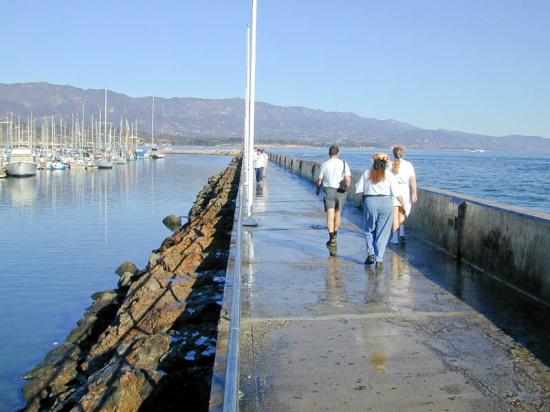
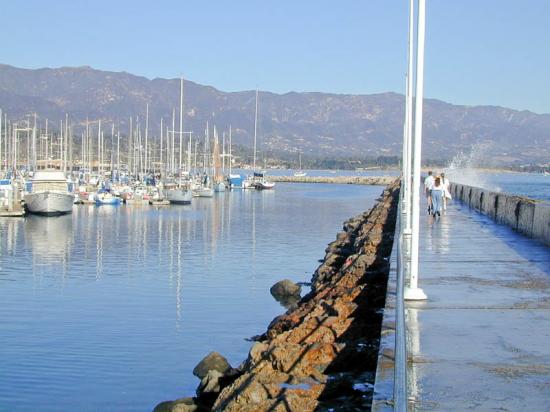
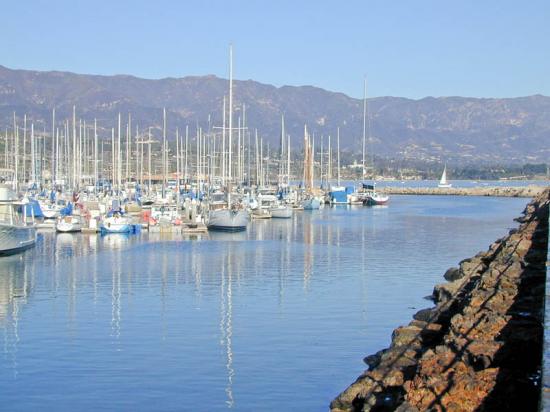
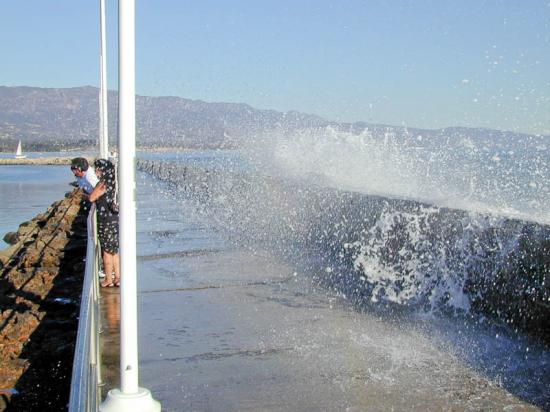
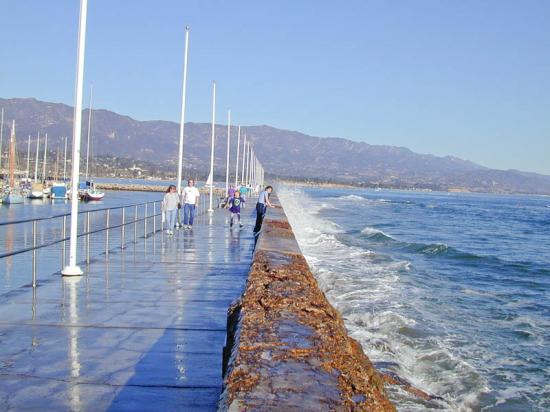
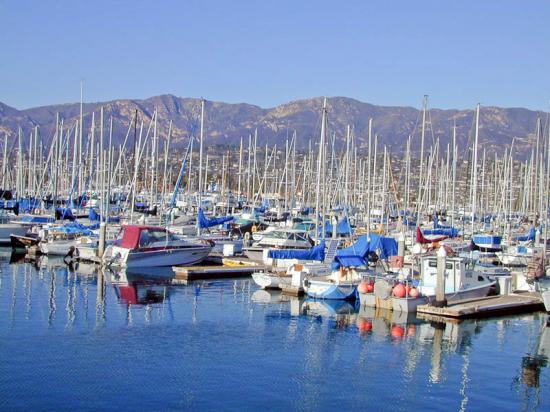
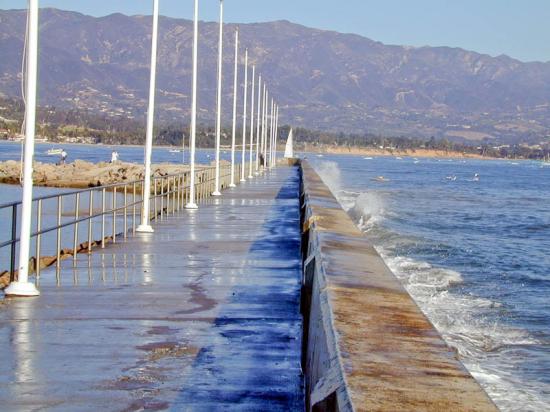
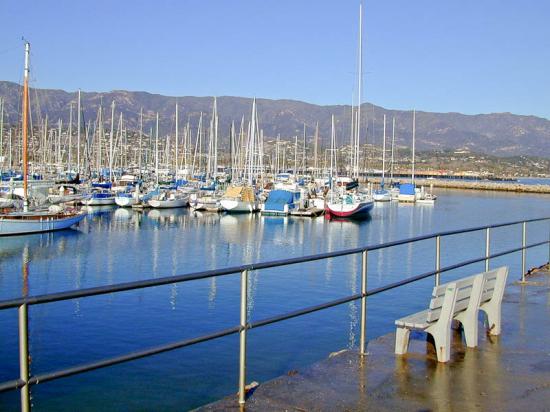
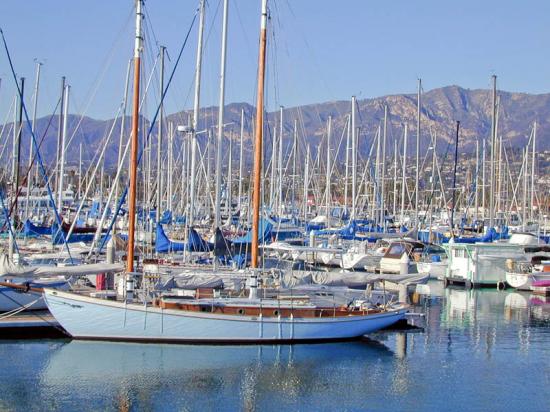
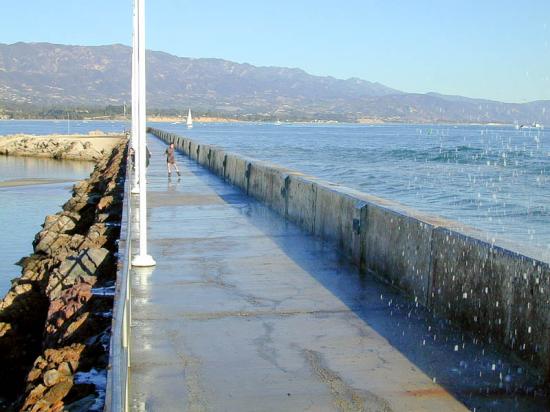
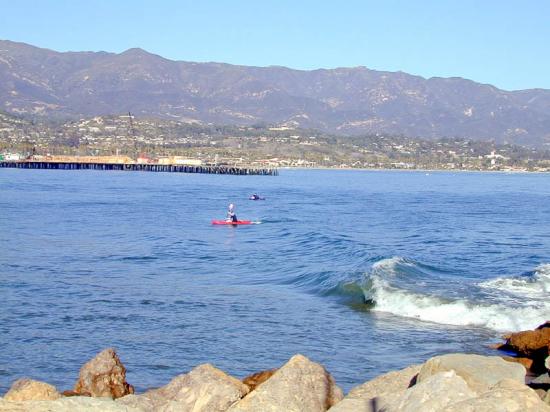
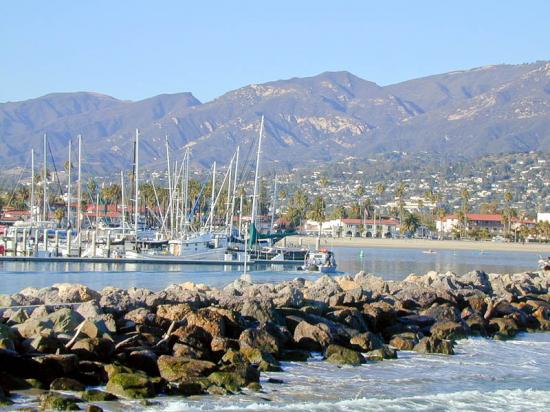
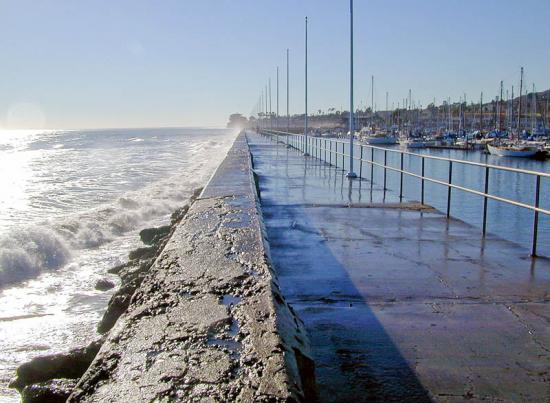
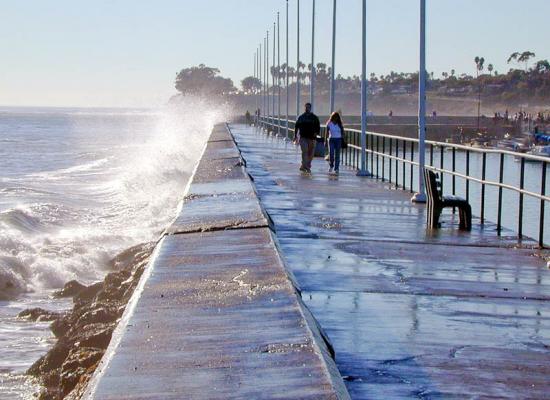
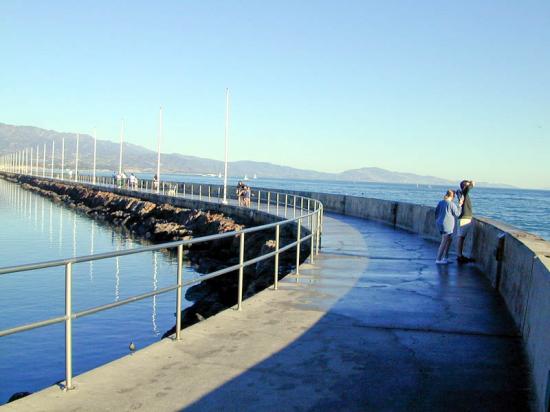
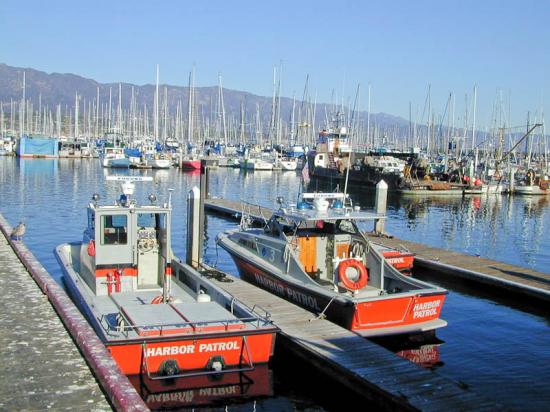
 1% for the Planet is about coming together, and they believe that forging connections between businesses and nonprofits is a critical aspect of solving the global environmental challenges we face. The nonprofit sector fills a unique and critical role, and the 1% for the Planet model and mission are focused on unleashing the incredible power that is possible when businesses support and engage with these impactful nonprofits.
1% for the Planet is about coming together, and they believe that forging connections between businesses and nonprofits is a critical aspect of solving the global environmental challenges we face. The nonprofit sector fills a unique and critical role, and the 1% for the Planet model and mission are focused on unleashing the incredible power that is possible when businesses support and engage with these impactful nonprofits.